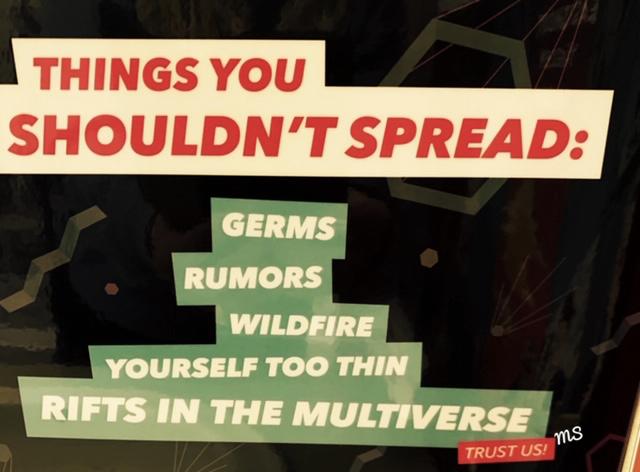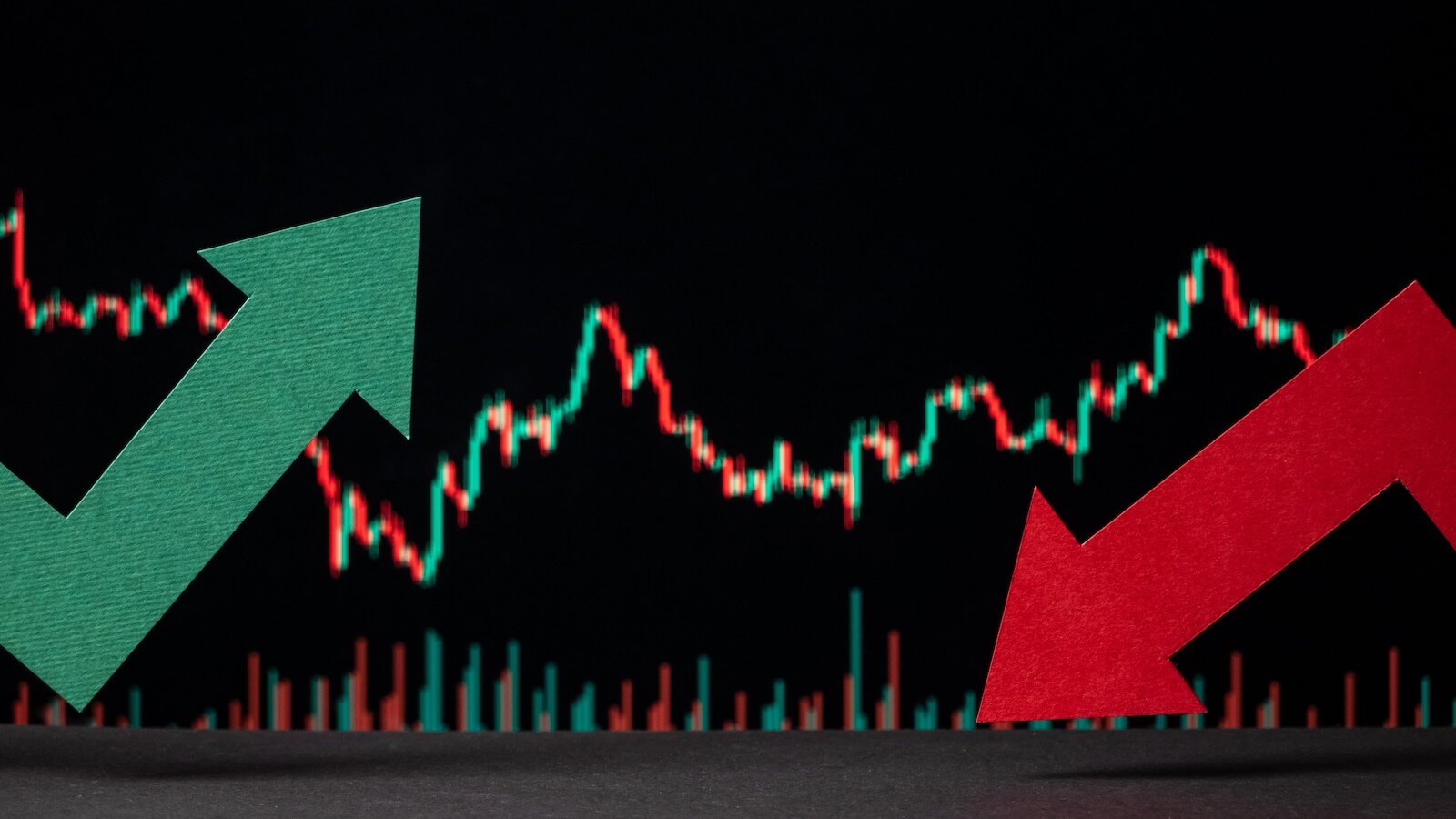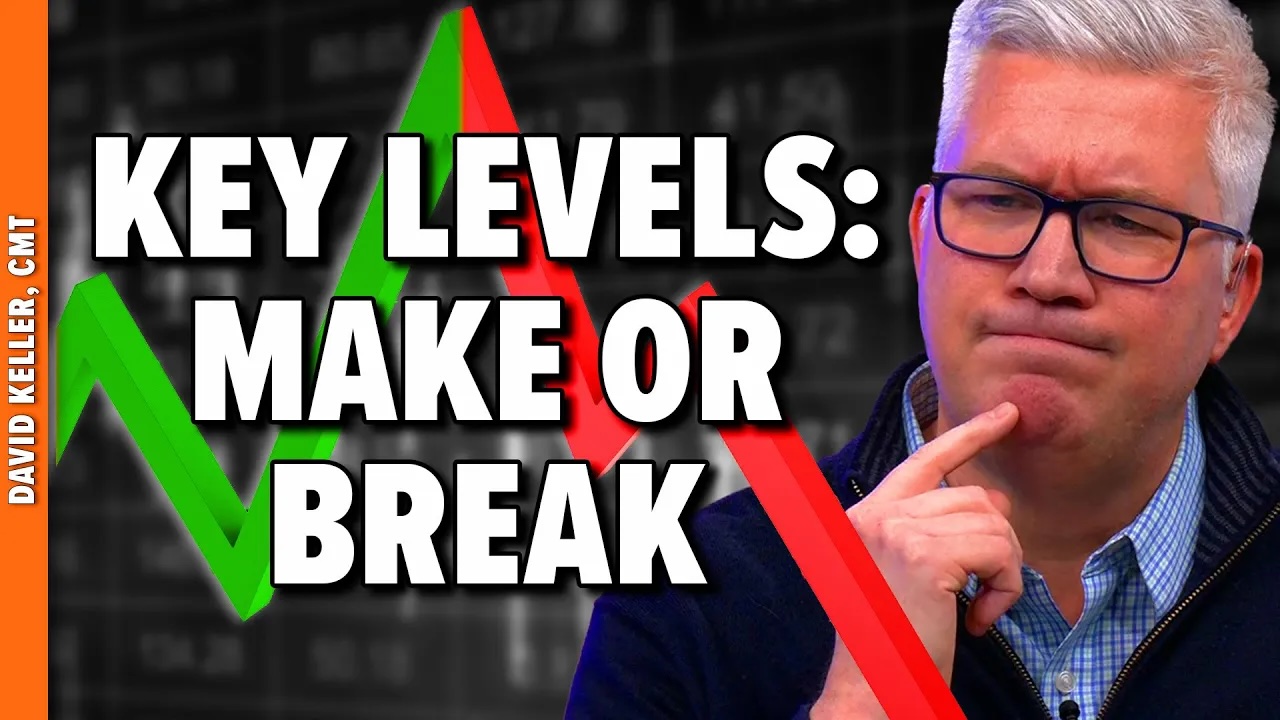
A rift is a crack, split, or break in something. Hence the obvious title question - what is the Fed doing to engender a market multiverse rift?
The Fed can only buy securities that the federal government guarantees. What the Fed has done on this round of QE is buy investment grade corporate bonds and ETFs. In essence, that is what many consider nationalizing the markets.
Then, going one step further, March 31st, the Fed announced that they opened up a repo facility available to central banks and monetary authorities around the world, which would temporarily offer U.S. dollars in exchange for U.S. Treasuries held abroad.
In other words - if a foreign country cannot make smooth trades in the open market, they can liquidate their positions in US treasuries and instead buy the US Dollar.
Another measure the Fed is rolling out is to offer short-term loans to investors that want to liquidate their muni bond positions. Muni bonds are issued by local governments, generally to finance schools, roads, infrastucture, etc. However, with businesses shutting down, investors are hesitant to take loans and the muni bond markets are drying up, so the Fed is getting called upon to go further to stabilize the muni bond market.
Now that the Fed is giving foreign governments the choice to buy dollars, the risk of the Dollar losing its status as the world's currency diminishes.
If you add up all the "bazookas," the market has indeed responded to them and calmed down considerably. One caveat is that all these measures have a temporary shelf life of about six months.
So, what could possibly go wrong? Well, many say that what the Fed, by printing infinite money, will eventually destroy the Dollar and its purchasing power.
So for now, the dollar is strong because of the demand for foreign governments to swap it in exchange for treasury debt. To date, the U.S. government's deficit is around $23 trillion. The interest owed, plus the trillions more created, essentially generates an everlasting debt vacuum. Eventually, the risk is for inflation. Plus, taxpayers can expect a hefty tax bill in 2021.
The early warning signs of a debasing dollar, a sell-off in high yield bonds and rising inflation will be easy to identify:
- Watch junk bonds (JNK, the SPDR Baclays High-Yield Bond) to break below 93.98 for a first rift in the bond multiverse.
- Watch LQD (iShs iBoxx $ Investment Grade Corporate Bond ETF) to break 122.84 for a second rift in the bond multiverse.
- Watch DXY (U.S. Dollar Index) to break 98.00 for the start of the dollar debasement.
- Watch gold futures to hold around 1580 and clear 1620, 1680 and then 1700.
Finally, watch food commodities, caught in the crosshairs of high food supply demand coupled with supply chain disruption, and a hoarding mentality. The easiest way to do that is to watch DBA (Invesco DB Agriculture Fund). Trying to base out, a move over 14.22 is a good low-risk point to place a starter position.
- S&P 500 (SPY): Went right up to the 200-WMA resistance. Under 253, expect trouble.
- Russell 2000 (IWM): Range to watch - 110.80-117.60
- Dow (DIA): Range - 214.01-225.87
- Nasdaq (QQQ): 197 the 50-WMA resistance, with support to hold 185.30
- KRE (Regional Banks): Range to watch 31.65-34.73
- SMH (Semiconductors): 120 pivotal resistance with 115 support
- IYT (Transportation): 144 resistance and 132.50 support
- IBB (Biotechnology): Inside doji day - 110 resistance and 105 support
- XRT (Retail): 29.30 has to hold and 31.65 resistance to clear
- Volatility Index (VXX): A move closer to 43 would be a low-risk buy
- Junk Bonds (JNK): 94 first support then 92.00
- LQD (iShs iBoxx High Yield Bonds): Inside day - 125 resistance 122.84 support
Mish Schneider
MarketGauge.com
Director of Trading Research and Education





